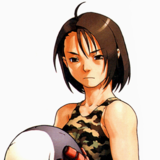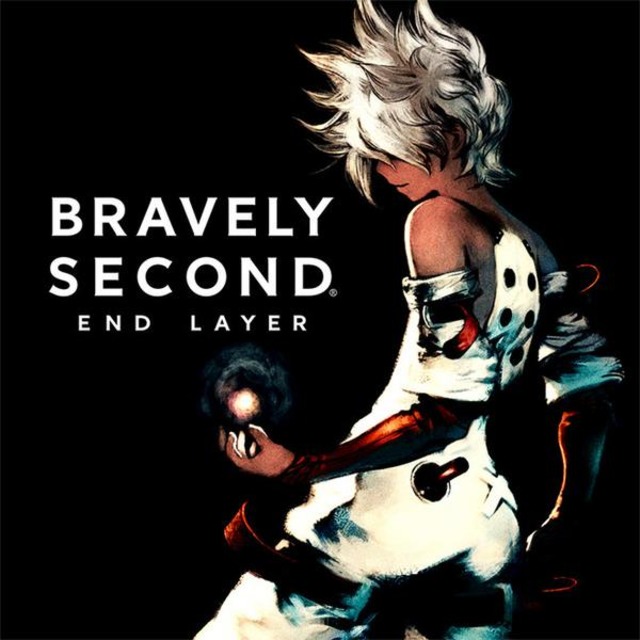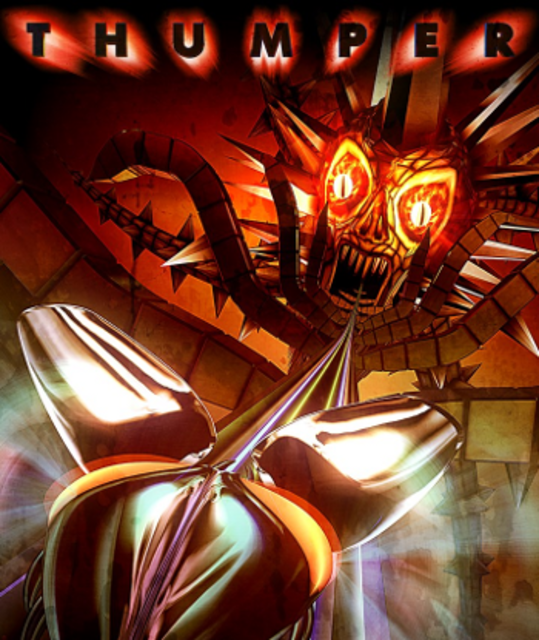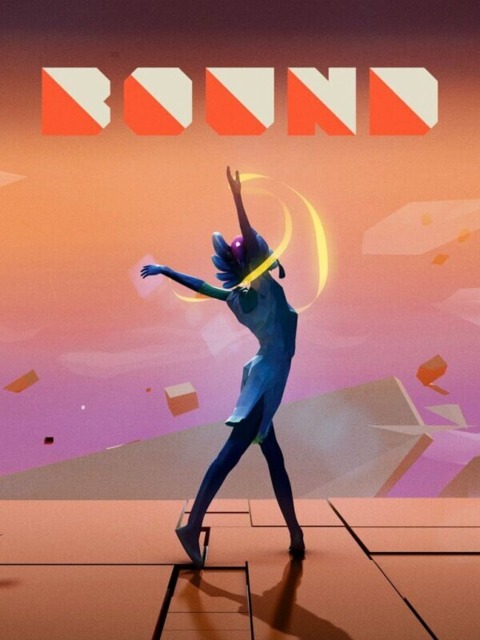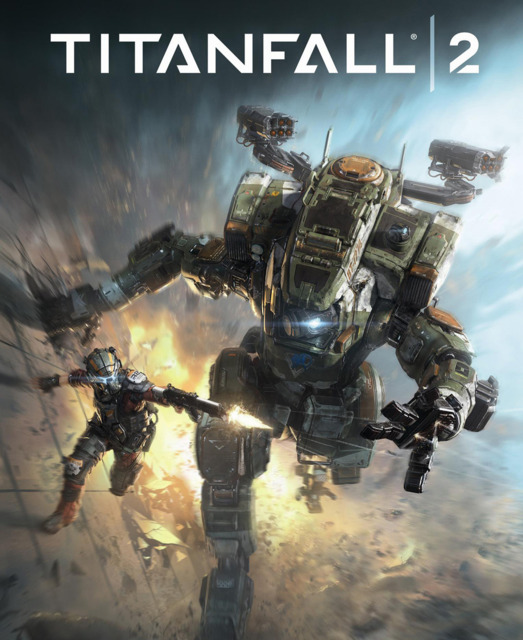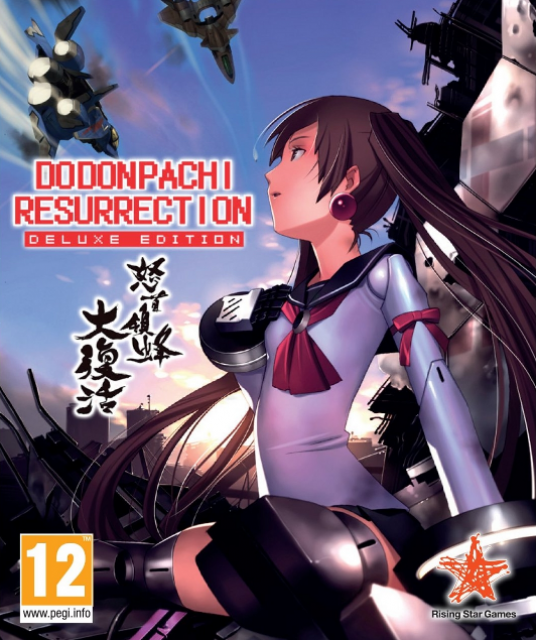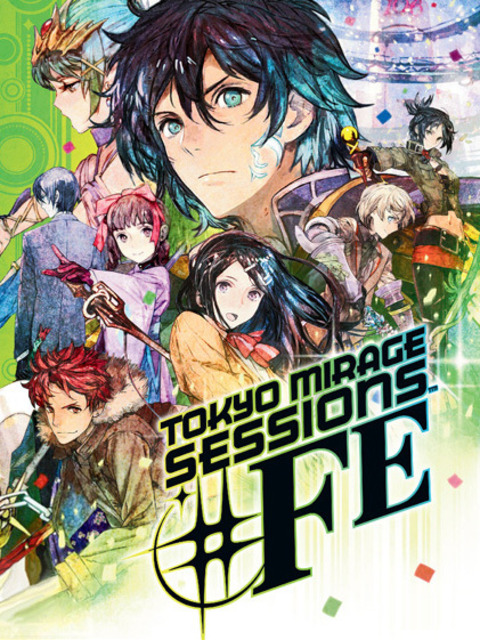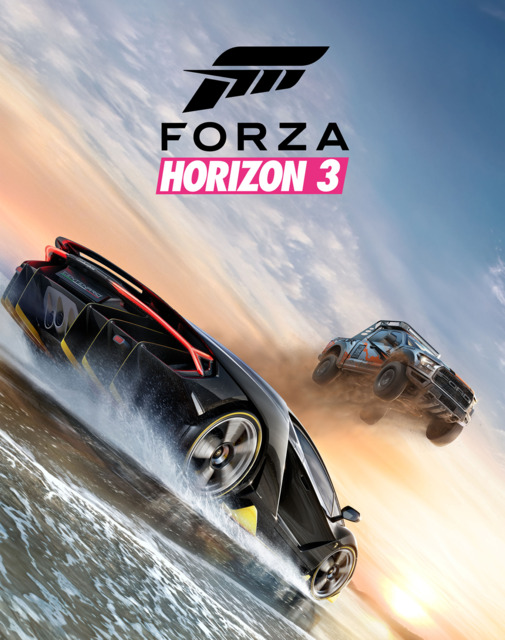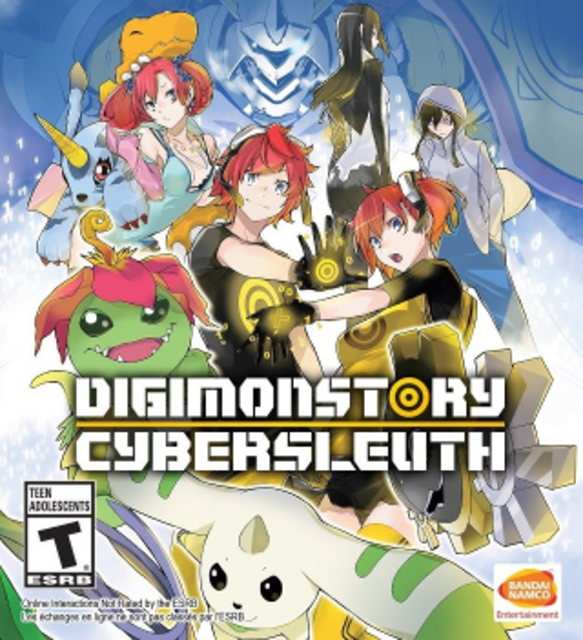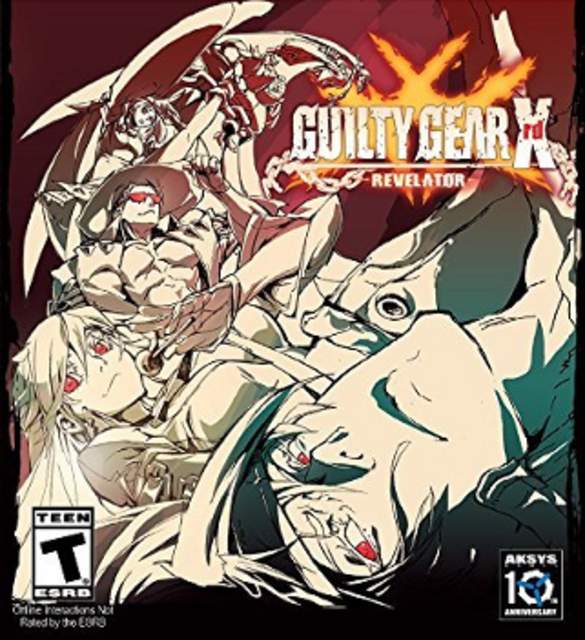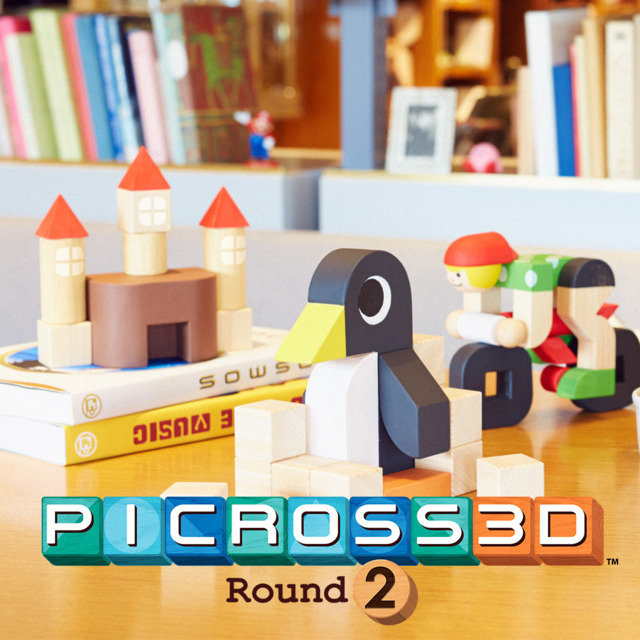GOTY 2016
Hello and thank you for taking some of your time to read my favorite games of 2016. This year has been a trying year for many of us, whether it’s by the numerous unsatisfactory events that has been peppered constantly throughout the year or pesky personal issues everyone has to deal with. As usual, it has been challenge to both to find the time and be in the mood to play video games. Unlike the past years where I felt my passion for gaming wane, I found some newfound perspective on how much gaming has been a big part of my life and thus lessened the stressful emotions I had more often while playing games in recent years. It also helped that I focused most of my gaming time on games released in this current year and feel it has been a more varied and stronger set of games that I played over last year. While the collective ten is not quite as impactfully strong to me compared to collective ten of previous years, I can still confidently say the games that landed on my list this year are still great and impactful in their own ways. I have not played all of what the year has offered in gaming, but I am glad to hear that a lot of folks enjoying their time with gaming with a number of great titles that were released to play this year. In a year where most things in life sucked, it’s great that gaming was there to be a helping hand and provide us with great experiences to distract and delve into.
NOTE 1: While I was easily able to rank games 10 through 6, games 5 through 1 are virtually interchangeable as I really had a hard time to rank my top five this year.
NOTE 2: This will be my final year employing my three to four paragraph summary format as I had a ton of trouble writing what I wanted to say for my GOTY this year compared to the past two years. I’ll find something to make the format unique yet easier for me to draft up in 2017.
